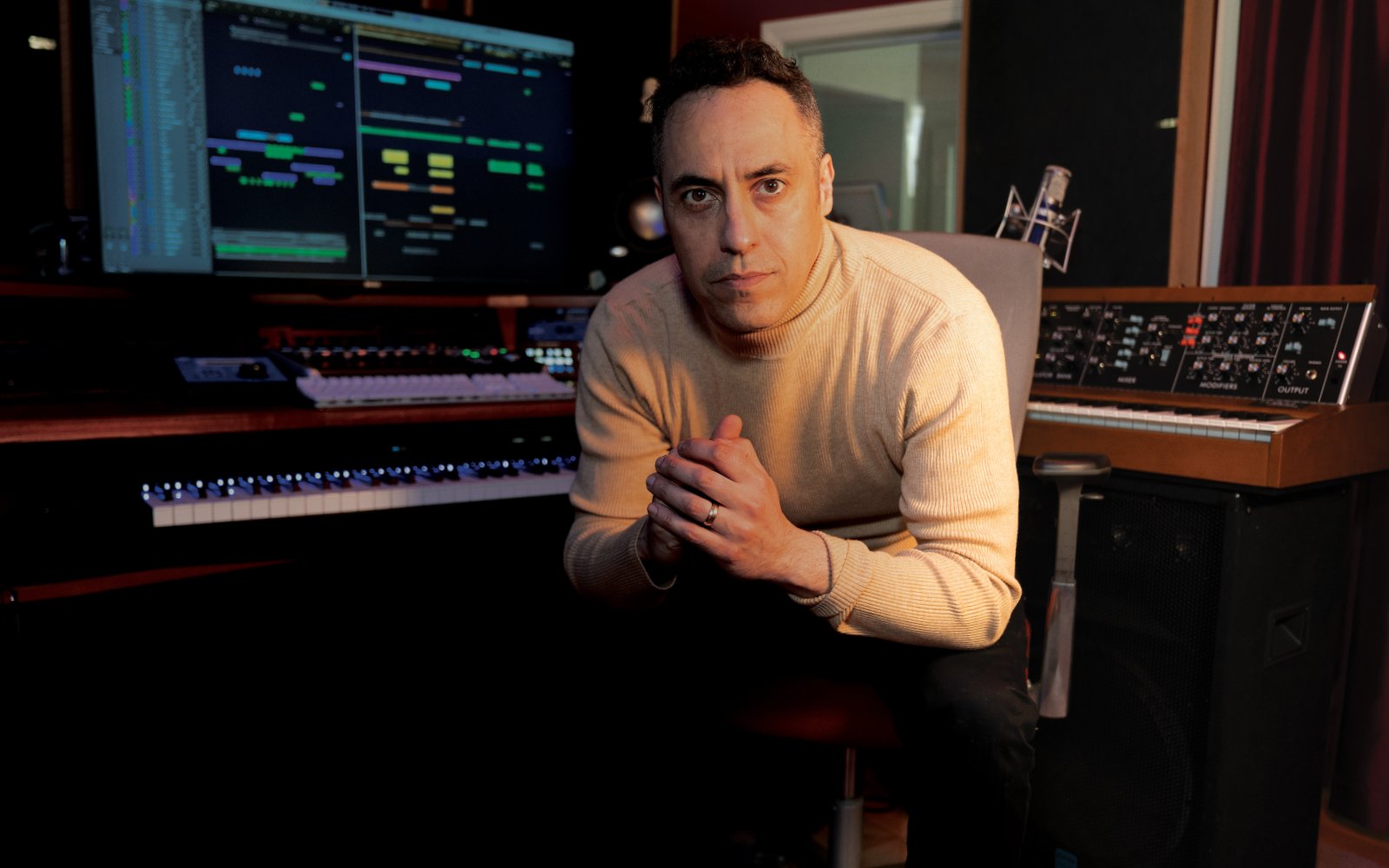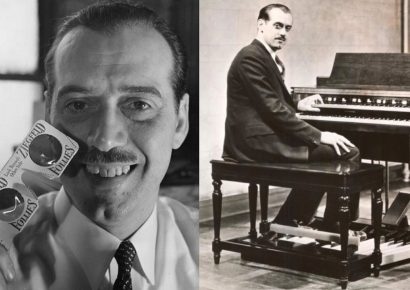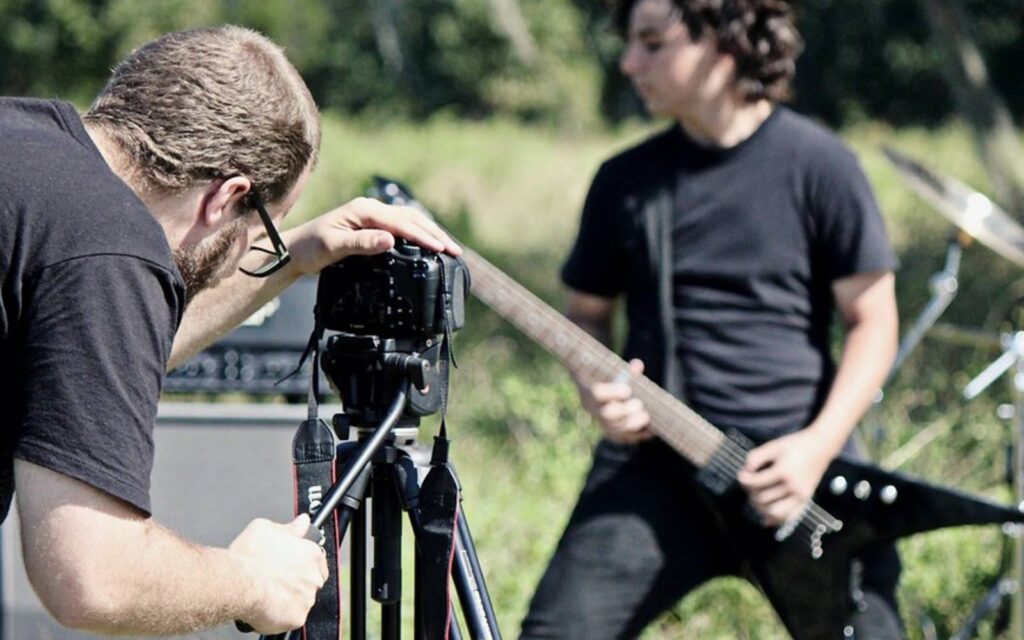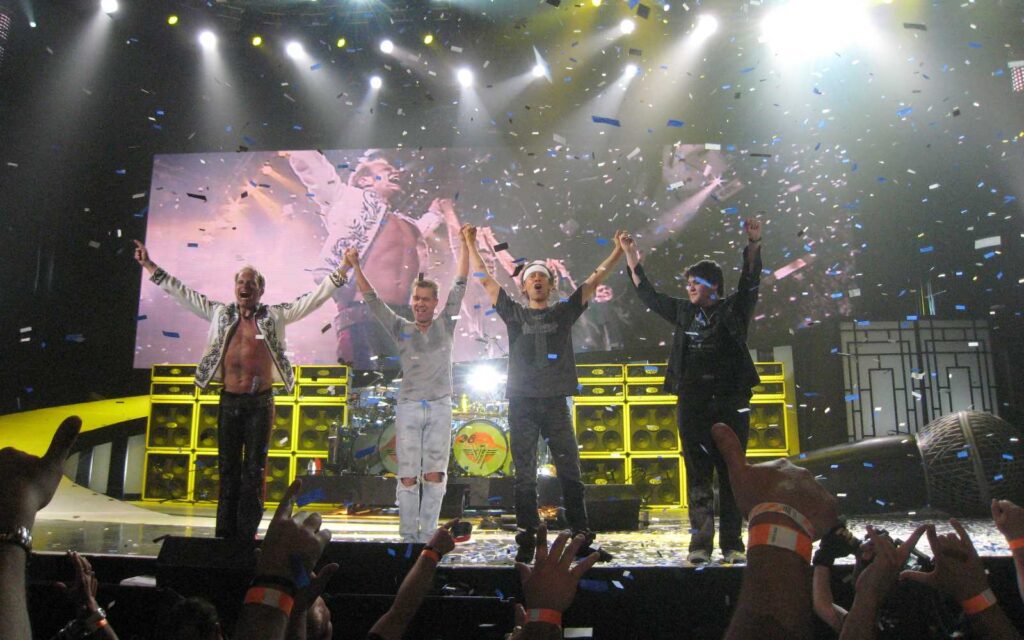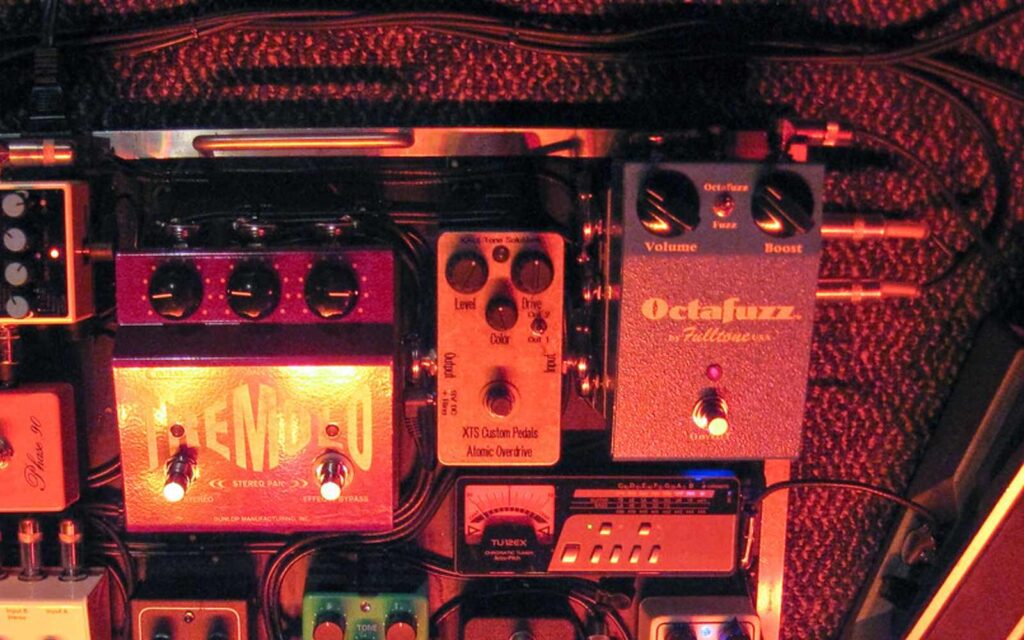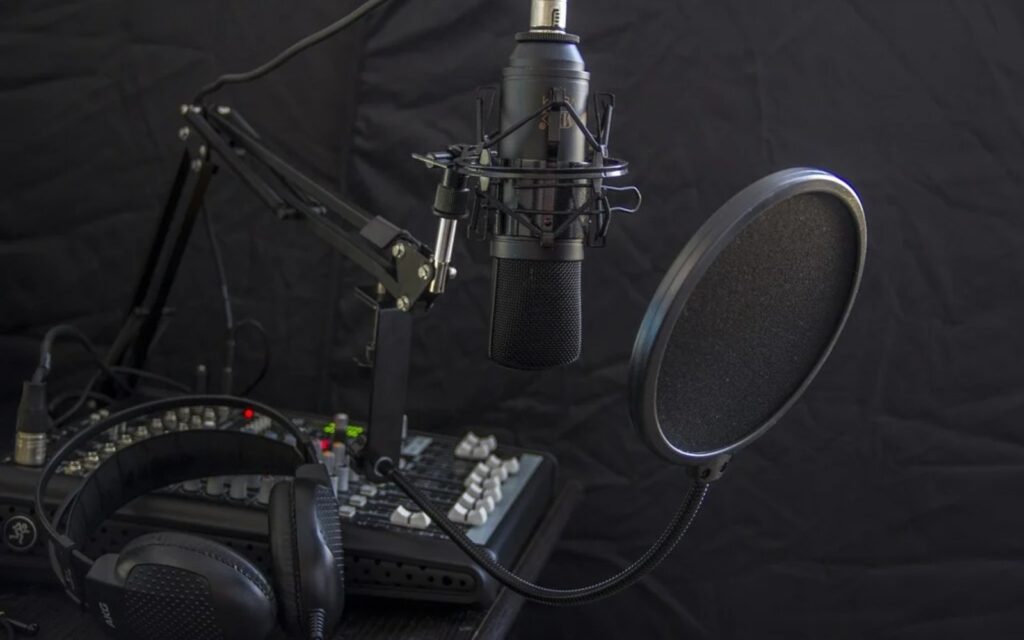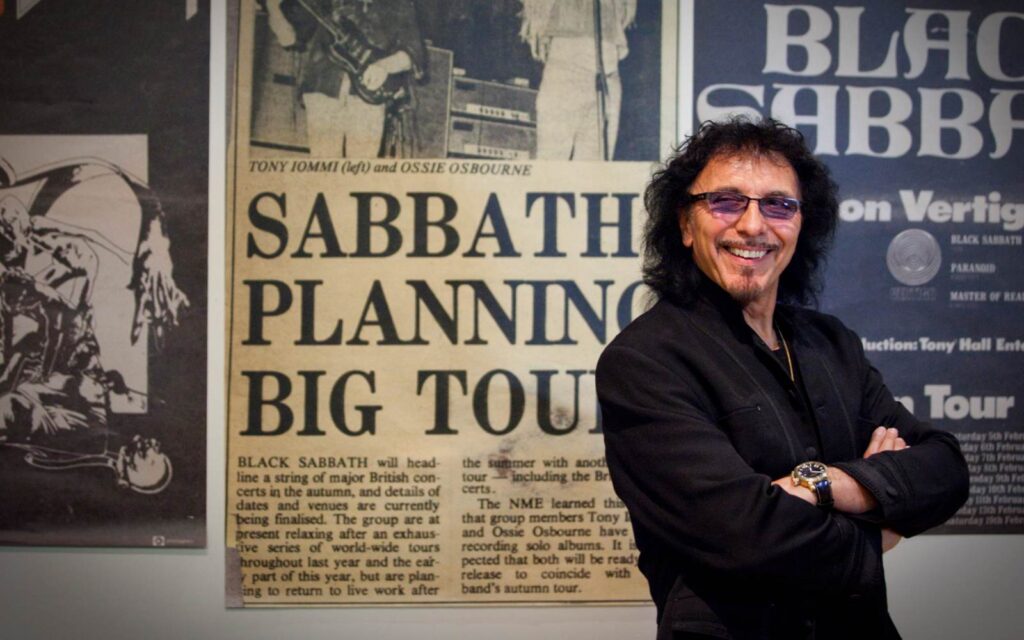The Outlast Trials is out now via Red Barrels Games.
Composing for game presents its own challenges, something that award-winning composer Tom Salta knows very well. It’s Tom’s job to immerse us in a world, with different music, sounds and foley to keep us focused on the game. His compositions need to be complimentary, creative and unique, giving the gameplay, while not detracting from the game either. It’s a tough balance!
The Outlast Trials settles itself comfortably into the horror genre, the sounds and music create depth and tension, all built into his music by Tom.
Tom, thanks for taking the time. For something as unnerving, uncomfortable and intense as The Outlast Trials – where do you begin?
That’s a very good question. 😉
How does the music develop from idea to finished product?
Over the decades, no matter what I’m working on, I have noticed a general pattern to my creative process. In the last few years, I wanted to “capture it in a bottle” so I could better understand the ideal flow and avoid the typical stress and panic so many of us composers must deal with.
I won’t go into agonizing detail, but it always starts with lots of listening, studying and research of everything pertaining to the project and intended musical styles. Then I will allow myself the freedom to experiment with a variety of ideas and approaches that no one will hear (unless I want them to, of course) 😉
Read more features, columns and interviews here.
From there I generally start focusing on the top priorities which includes the “signature musical sound” of the project, the main theme and any leitmotifs.
By this point, I usually have the “formula” figured out and I can work much more quickly as we expand into the rest of the score. The order is most always determined by the developer.
Can you tell us a bit about the journey that led you to being the composer you are today?
My musical journey is more like the Forrest Gump movie than the straighter paths most composers take. In 1985, I decided my dream was to be a famous record producer, just like my idols at the time; Quincy Jones, Jam & Lewis, Trevor Horn, Mutt Lange, etc. By the time I was a senior in high school, I already had a few released records. I only found out recently that one of them became an underground dance hit in Europe… which is crazy.
In the 90’s, I got the opportunity to tour with the “King of R&B” at the time, Bobby Brown, as the keyboard tech and sound designer. After several years of touring with various artists, I got off the road and got seriously into producing records, songwriting, scoring commercials, jingle writing, dance remixes, you name it. I worked on a ton of drastically different musical styles, which, looking back, became a huge benefit to me as a composer because I became adept at many different styles of music.
What’s a ‘normal’ session look like for you? Is there a ’normal’ workflow or is everything case-by-case?
Ha! Is there ever a ‘normal session?’ 😉
I like to be very organized, deliberate and focused when I’m working. There is always a goal when I sit in the chair. And it varies depending on what stage the project is at. For example, if I’m scoring a cutscene or a VR Ride, I will start with a basic foundational structure without all the bells and whistles. That will be my goal for the session. Other times, I might want to brainstorm as many ideas as possible in an hour. At other times, the goal will be to create the ambiance or exploration music for a particular map. Every day is different, and that’s one of the reasons I love what I do.
How much direction do you usually get for a project like this? What do revisions, feedback and changes look like?
When working on a project like The Outlast Trials, I aim to enhance the emotions that Red Barrels wants the players to feel. In the case of The Outlast Trials, this will fall somewhere between tense discomfort to hair-raising and utter terror and panic. I am privileged to work with audio directors like Francis Brus at Red Barrels, who is incredibly skilled at knowing exactly what he wants and the stylistic boundaries to help ensure that everything I deliver will be true to the musical recipe of The Outlast Trials.
The Outlast Trials has quite a bit of complexity in how the music systems work; some of them are quite unprecedented, like the multi-player music implementation. When you’re doing something as complex as this, it requires crystal clear 2-way communication between the composer and the audio director.
Francis does a fantastic job of giving me all the information I need to create the kind of feelings he’s after. In addition to providing gameplay footage, he will also provide me with written documentation describing the emotions he wants the player to feel as well as nouns and adjectives describing the feel of the environment. He might write words like “blood smears, rust, nausea, despair, brutality, mind control, unease, etc. (fun, right ;))
What deliverables have you got to ensure your compositions work on an interactive level?
Receiving gameplay footage with all the SFX and no music is generally the most helpful when ensuring my music works in-game. This, combined with having a full understanding of how all the musical components (cues, layers, transitions, etc.) will be implemented, allows me to simulate it on my end before delivery.
Gameplay footage with SFX was especially helpful in The Outlast Trials because it allowed me to create environmentally inspired musical sound design and textures that enhanced the game. A perfect example of this was the “Root Canal” ride inside the Fun Park. Using only my mouth, I created a full suite of disturbing ambiances using various effects and plugins.
Can you speak a bit further about your use of diegesis in compositions? What techniques do you use to draw us into the characters’ world/s?
Sure. This is nothing new in the music world and something I learned at a young age. My mother was a music teacher, and I remember when I was perhaps only seven or eight years old, she had me listen to “Peter and the Wolf” by Sergei Prokofiev, composed in 1936. It was so immersive and visual, and it was easy to associate the various instruments and leitmotifs with the different characters and hear how they interacted as the story developed. In 1981, I fell in love with John Williams’ scores to movies like Raiders of the Lost Ark, E.T., and Star Wars. I would go to the toy store and buy movie cards. This was before the days of VCR, so I would create my own slide show, putting all the scenes in order, listening to the soundtrack, and flipping through the cards. It was my way of reliving the movie. John Williams is a master at creating music that puts you right in the scene. You can hear exactly what is going on from moment to moment.
One good example of how I like to integrate storytelling and narrative into my music is in the main theme of The Outlast Trials, “Let the Trials Begin.” It’s a technique I started using quite early in my game music career since I found it effective when presenting initial ideas to the client. Sometimes, the main theme can become part of the menus and ending credits, not to mention all the marketing and trailers leading up to the game’s release. So, it’s a perfect vehicle to introduce people to the world of the game and give them an idea of what they will encounter.
Music is the language of emotion, so I create a “storyline” of how I want to bring people into the world. “Let the Trials Begin” starts with a sudden disturbing and violent unidentifiable sound that gives way to the central leitmotif, that disturbing piano part. It’s an unsettling musical phrase that creates a feeling of slight insanity with a mid-nineteenth-century classic vibe (the story takes place in the late fifties). The counter-melody has a somber feeling that communicates extreme hopelessness by the end of the theme. In the middle section, the tempo abruptly changes and introduces new high-energy motif, communicating complete horror leading into a huge and terrifying climax. There’s a lot of stuff going on in the theme, just like the game — everything from eerie, quiet tension to full-on high-octane terror. If you’re a fan of horror games, you don’t want to miss it!
Keep up Tom Salta here, or read more about The Outlast Trials here.
